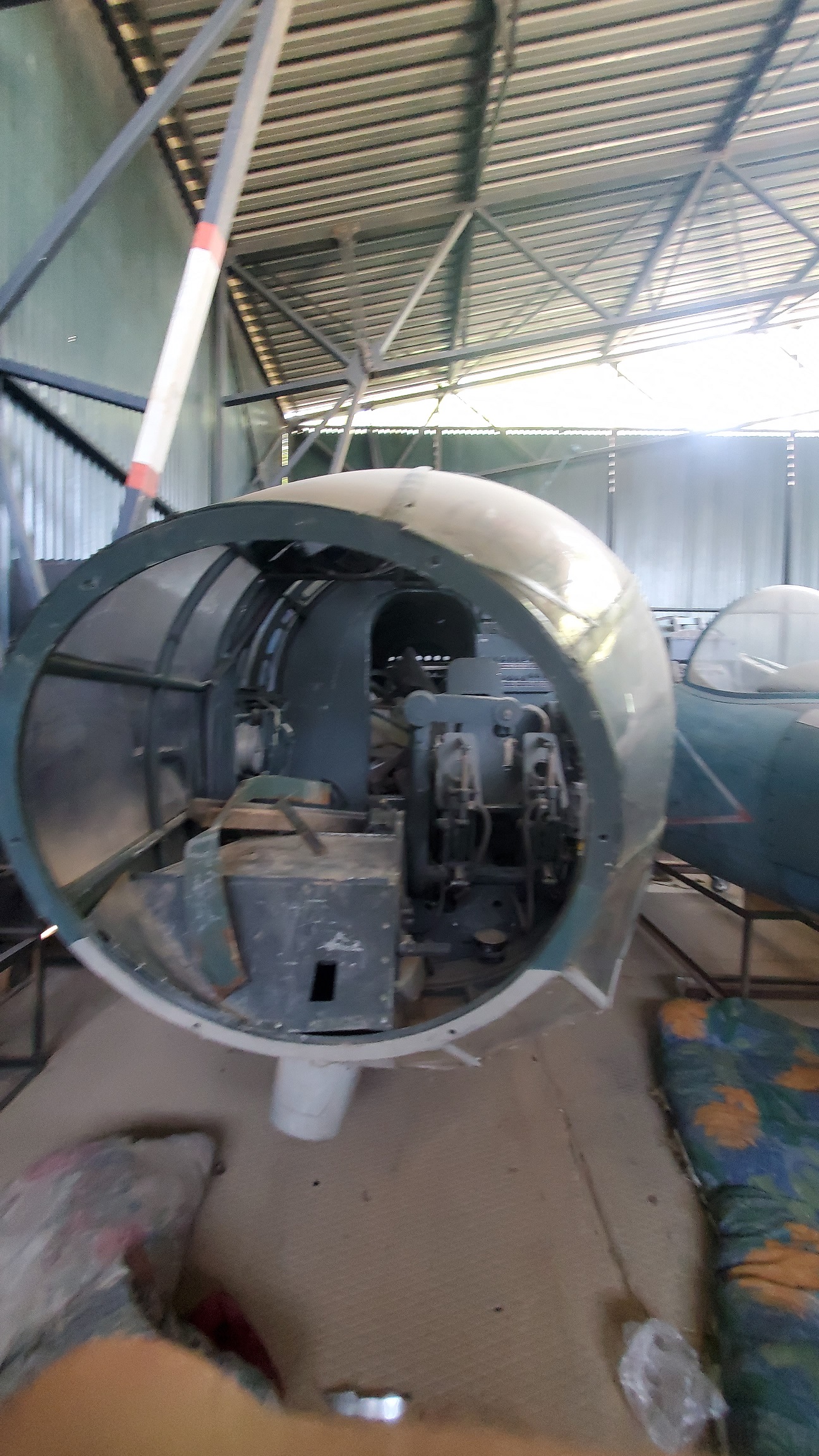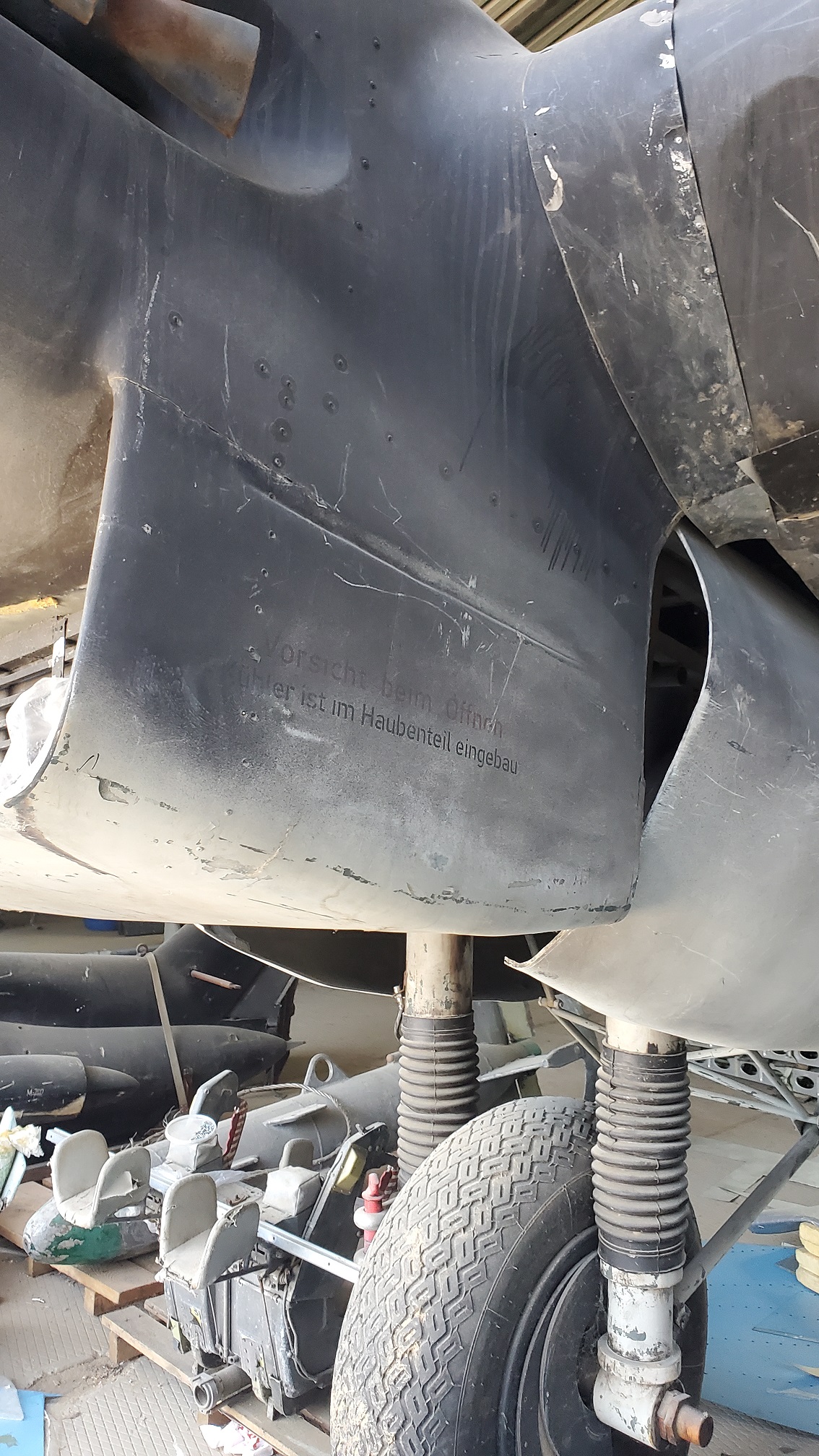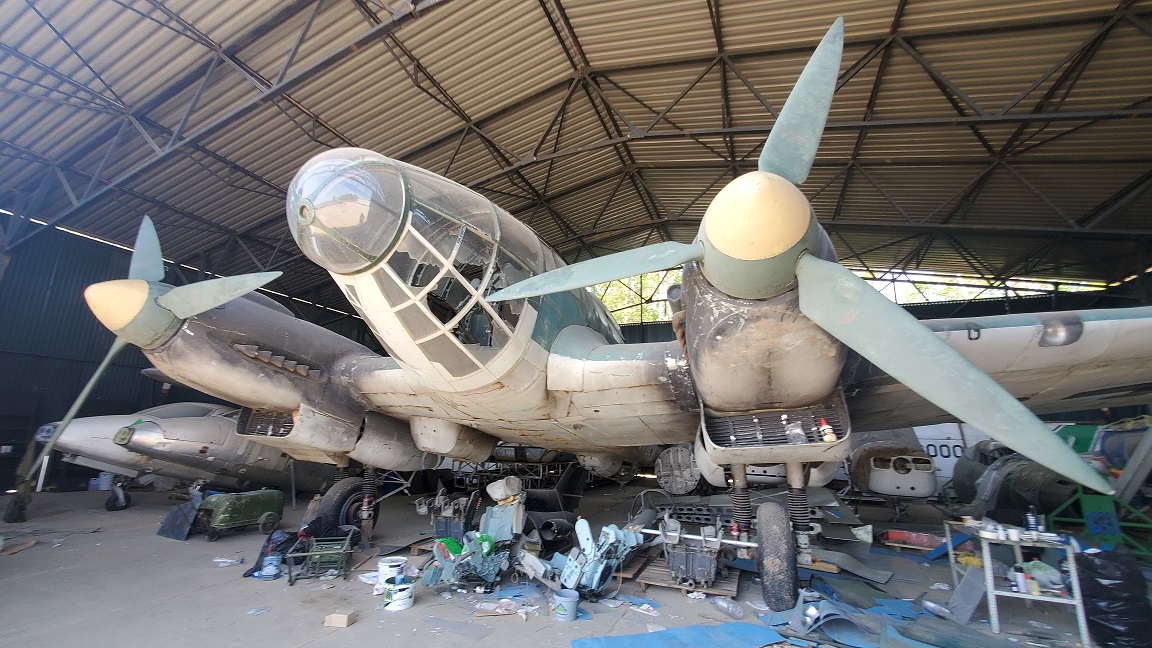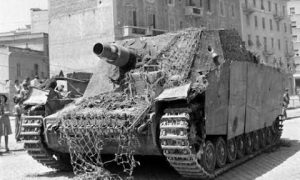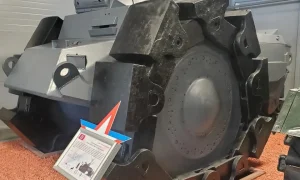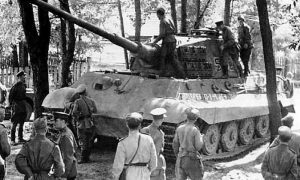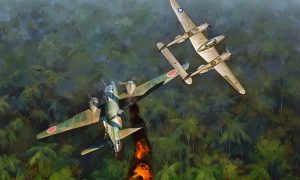Heinkel He-111, Germany’s Most Potent WW2 Bomber
– German medium bomber, one of the main bombers of the Luftwaffe (there were also modifications for torpedo bombers and attack aircraft). In total, more than 7,600 copies were built of various modifications, which makes this aircraft the second largest built German bomber in the Second World War.
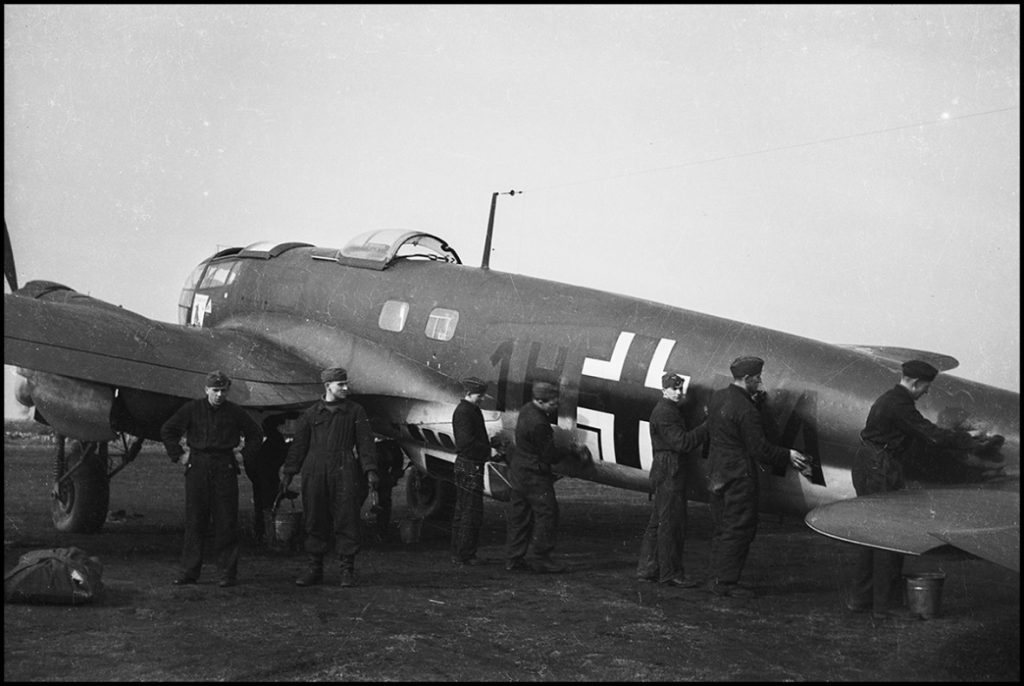
He-111 Medium Bomber
He-111 Design History
In the early 1930s, German aircraft designer Ernst Heinkel decided to build the world’s fastest passenger aircraft (at the same time, such a task was skeptically perceived both by representatives of the German aircraft industry and by the new political leaders of Germany). Heinkel entrusted the design of the aircraft to the Gunther brothers, people who were new to his company.
The designed aircraft was superior to the existing Lockheed 9 Orion, which was a direct competitor to Heinkel’s design. The first example of the soon widely known Heinkel He 70 “Blitz” (German for “Lightning”) took off in 1932 and immediately began to break speed records. In its usual version, designed for four passengers, it could reach speeds of up to 320 km/h, although it was equipped with a single engine with a capacity of only 600 hp. The elliptical wing shape, already used by the Gunther brothers in the development of their own sports aircraft Bäumer Sausewind before joining the Heinkel company, became characteristic of all subsequent developments of the brothers.
The design attracted the attention of the Luftwaffe, which selected aircraft to be converted into medium bombers.
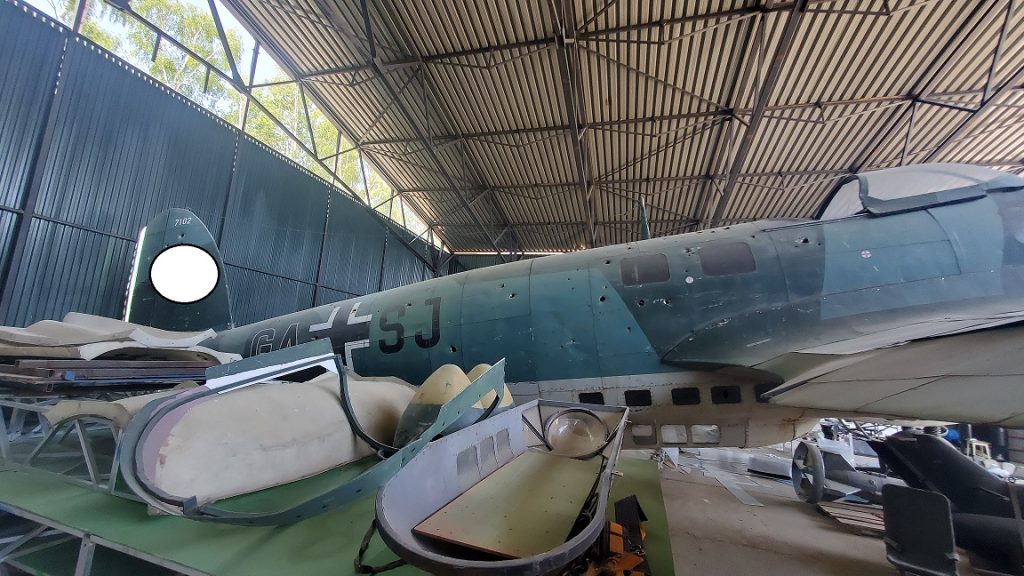
He 111 Bomber – Tactical and technical characteristics
|
|||||||||||||||||||||||||||||||||||||||||||||||||||||||||||||||||||||||||||||||||||||||||||||||||||||||||||||||||||||||||||||||||||||
Modifications
- He 111V1 – prototype bomber, made its first flight on November 17, 1934.
- He 111V2 – passenger version (May 1935) – four seats were placed in the bomb compartment, and six more seats were placed in the fuselage behind. In 1936 it joined Lufthansa along with five newly built aircraft under the designation He 111 C-0.
- He 111V3 – bomber prototype. In addition to the main bomb bay, it had small bomb bays in the wings. Defensive armament – three MG 15 machine guns. Amplification of armament caused a decrease in speed to 275 km / h.
- He 111A-0 – 10 vehicles were built on the basis of the He 111 V3, two of them were used for flight tests, but the engine power turned out to be insufficient, and all vehicles were sold to China.
- He 111C-0 – six pre-production vehicles built, used by Lufthansa.
- He 111B-0 is a pre-production version, similar to the He 111 A-0, but with DB600A engines.
- He 111B-1 – production variant, similar to the B-0, but with DB600C engines and defensive armament consisting of three 7.9 mm MG 15 machine guns.
- He 111B-2 – a variant similar to the B-1, but with DB600CG engines and additional underwing radiators on both sides of the engine nacelles.
- He 111D-0 – Pre-production version with DB600Ga engines.
- He 111D-1 – Production aircraft, several built.
- He 111E-0 – Pre-production version similar to B-0, but with Jumo 211A-1 engines.
- He 111E-1 – Production version with bomb load increased to 2 tons.
- He 111E-3 – Production version.
- He 111E-4 – Half of the two-ton bomb load is placed on the outer holders.
- He 111E-5 – Equipped with multiple internal auxiliary fuel tanks.
- The He 111F-0 is a pre-production variant similar to the E-5, but with a new, simpler wing design (with a straight edge rather than a curved edge) and Jumo 211A-3 engines.
- He 111F-1 – production version, a batch of 24 vehicles built for export to Turkey.
- He 111F-4 – production version, adopted by the Luftwaffe.
- The He 111G-0 is a pre-production version of a transport aircraft with a new wing similar to that of the F-0.
- He 111 G-3 – also known as V14, was powered by BMW 132Dc radial engines.
- He 111 G-4 – also known as V16, powered by DB600G engines.
- He 111 G-5 – four machines with DB600Ga engines built for export to Turkey.
- He 111 J-0 – pre-production version of the torpedo bomber, similar to the F-4, but with DB600CG engines.
- He 111 J-1 – serial torpedo bomber, 90 built, later converted into bombers.
- He 111 P-0 is a pre-production version, equipped with a new straight wing, new glazing in the bow cockpit, Db601Aa engines and a lower gunner nacelle.
- He 111 P-1 is a production variant armed with three 7.9 mm MG 15 machine guns.
- He 111 P-2 – FuG III radio has been replaced with FuG 10.
- The He 111 P-3 is a dual-control trainer aircraft.
- He 111 P-4 – equipped with additional armor, three additional MG 15 machine guns and mounts for two external bomb racks.
- He 111 P-6 – Powered by DB 601N engines.
- He 111 P-6 / R2 – Damaged aircraft converted at the end of the war into Glider tugs.
- He 111 H-0 is a pre-production version similar to the P-2, but with Jumo 211 engines.
- He 111 H-1 – production version.
- He 111 H-3 – Similar to the P-4, but with Jumo 211A-3 engines.
- He 111 H-4 – equipped with Jumo 211D engines (replaced by Jumo 211F during production) and two external bomb racks.
- He 111 H-5 – similar to the H-4, but all bomb armament was placed inside the fuselage, the fuel supply was increased.
- He 111 H-6 – torpedo bomber, could carry two LT F5b torpedoes on external sling, equipped with Jumo 211F-1 engines, armed with six MG 15 machine guns and one 20 mm MG / FF cannon in the front gondola.
- He 111 H-8 – similar to H-3 or H-5, but with a device for cutting the cables of barrage balloons.
- He 111 H-8 / R2 – H-8, converted into glider towing vehicles, anti-aerostatic devices removed.
- He 111 H-10 – similar to the H-6, but with a 20 mm MG FF cannon in the ventral nacelle, equipped with a Kuto-Nase device for cutting the cables of the barrage balloons.
- He 111 H-11 – fully enclosed tail gunner’s cockpit, enhanced defensive armament and armor protection.
- He 111 H-11 / R1 – similar to the H-11, but with two coaxial machine-gun mounts on the sides.
- He 111 H-11 / R2 – Similar to the H-11, but converted into a glider towing vehicle.
- He 111 H-12 – a variant adapted to launch anti-ship radio-controlled missiles Hs 293A and equipped with a FuG 203b Kehl radio transmitter, the ventral gondola has been removed.
- He 111 H-14 – Spotter equipped with FuG Samos and FuG 351 Korfu radios.
- He 111 H-15 – torpedo bomber.
- He 111 H-16 – equipped with Jumo 211F-2 engines and enhanced defensive armament (13 mm MG 131 machine guns, coaxial 7.9 mm MG 81Z machine guns and one 20 mm MG / FF cannon.
- He 111 H-16 / R1 – Similar to the H-16, but with a 13 mm MG131 machine gun in a remotely controlled tail mount.
- He 111 H-16 / R2 – Similar to the H-16, but converted to a glider towing vehicle.
- He 111 H-16 / R3 – similar to the H-16, but turned into a spotter.
- He 111 H-18 – based on the H-16 / R3 variant, served as a night spotter.
- He 111 H-20 – Defensive armament similar to the H-16, but some aircraft are equipped with a remotely controlled tail unit.
- He 111 H-20 / R1 – adapted for transporting 16 parachutists, equipped with a landing hatch.
- He 111 H-20 / R2 – transport aircraft and glider towing aircraft.
- He 111 H-20 / R3 – night bomber.
- He 111 H-20 / R4 – carried up to 20 (twenty) 50 kg bombs.
- He 111 H-21 – Based on the H-20 / R3 variant, but equipped with Jumo 213E-1 engines.
- He 111 H-22 – reclassified and converted H-6, H-16 and H-21, adapted to launch V-1 missiles from the air.
- He 111 H-23 – Based on the H-20 / R1 variant, but powered by Jumo 213A-1 engines.
- He 111 R – high-altitude bomber project.
- He 111 Z-1 – two He-111 aircraft connected to each other by a fifth engine – was used as a towing vehicle for a heavy glider – Me 321
- The He 111 Z-2 is a long-range heavy bomber project based on the Z-1 variant.
- The He 111 Z-3 is a long-range reconnaissance aircraft based on the Z-1 variant.


Combat use
Western front
The He 111 was the first German aircraft shot down over British territory in World War II.
On the night of October 5-6, 1941, two He-111s, sent from Crete to reconnoitre British transports to supply the 8th Army in North Africa, accidentally found an anchored transport Thistlegorm in one of the bays at the entrance to the Gulf of Suez. in the holds of which there was a large arsenal of explosives – anti-tank mines, artillery shells, cartridges and grenades. On the deck of the ship were two light tanks, two railway carriages and two steam locomotives. With a full moon, coming in from the stern and not encountering anti-aircraft fire, the planes attacked the transport. The bombs hit the fourth hold, which was loaded with ammunition. As a result of the explosions, the stern of the ship was torn off, the deck was littered with debris. At 01:30 the ship sank with a roll of about 45 ° at a depth of about 30 m.
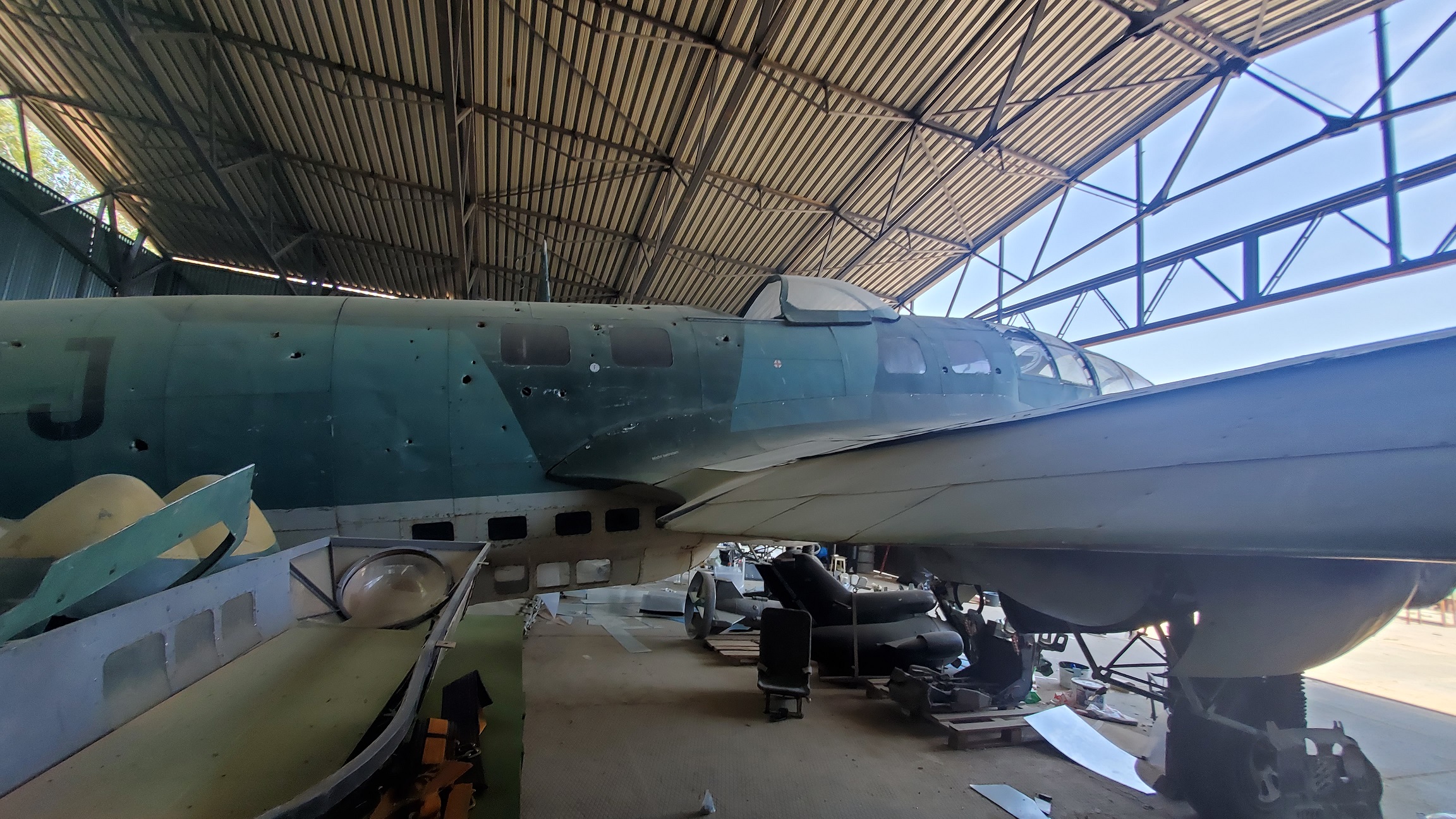
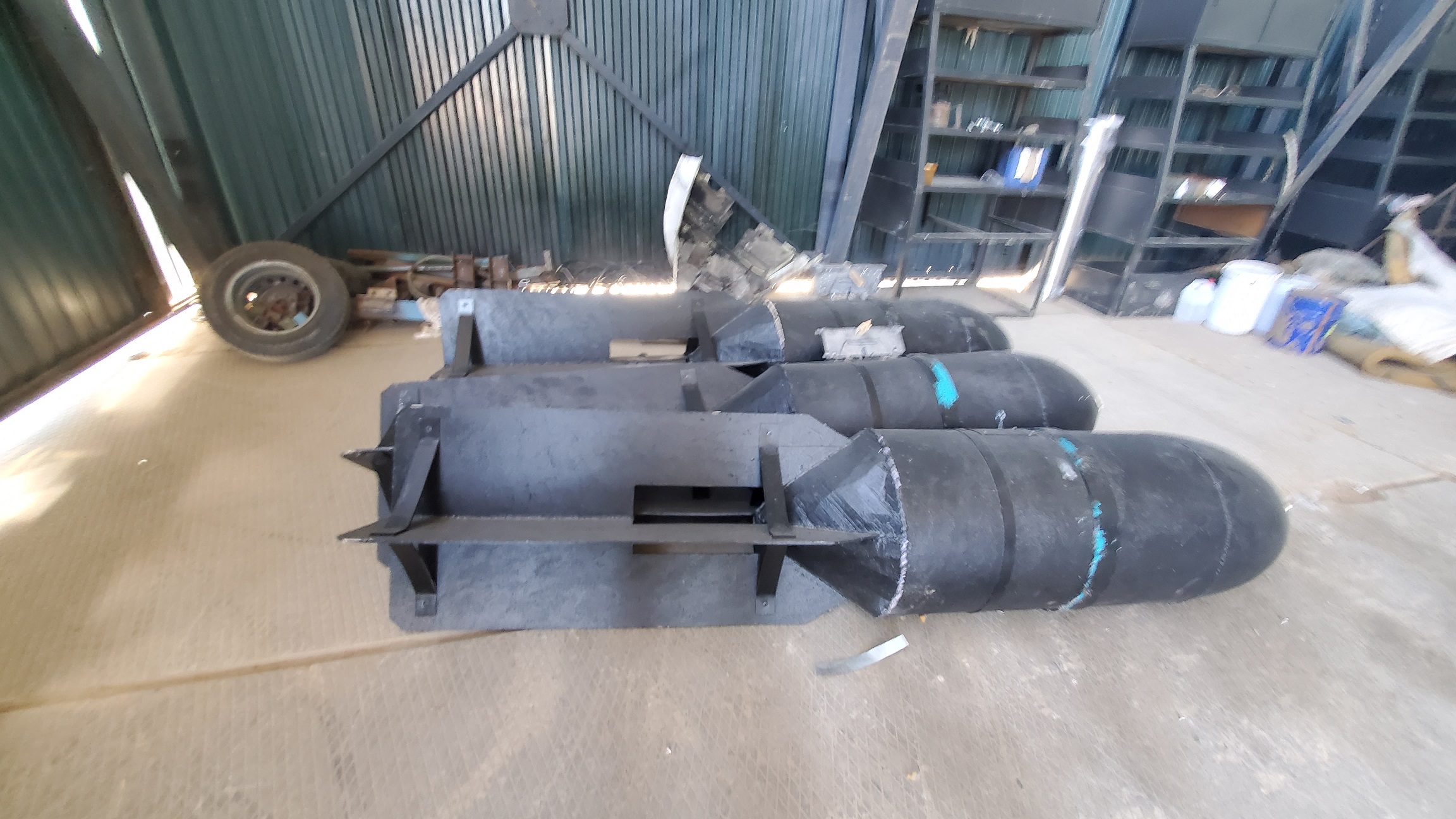
Eastern front
On the night of June 22, 1941, the Heinkels bombed the border airfields, cities, and fortifications of the USSR.
On the night of June 22, 1944, the planes attacked the Poltava airfield, where American bombers landed after a “shuttle” raid. The raid involved up to 200 He-111H from KG 53 and KG 55, brought to the object by He-111H-16 / R3 targeting aircraft from III / KG 4. As a result of the strike, 44 B-17 bombers and 5 other aircraft were destroyed, and more 28 B-17s and 28 other vehicles were damaged. They also managed to destroy significant stocks of aviation gasoline.
